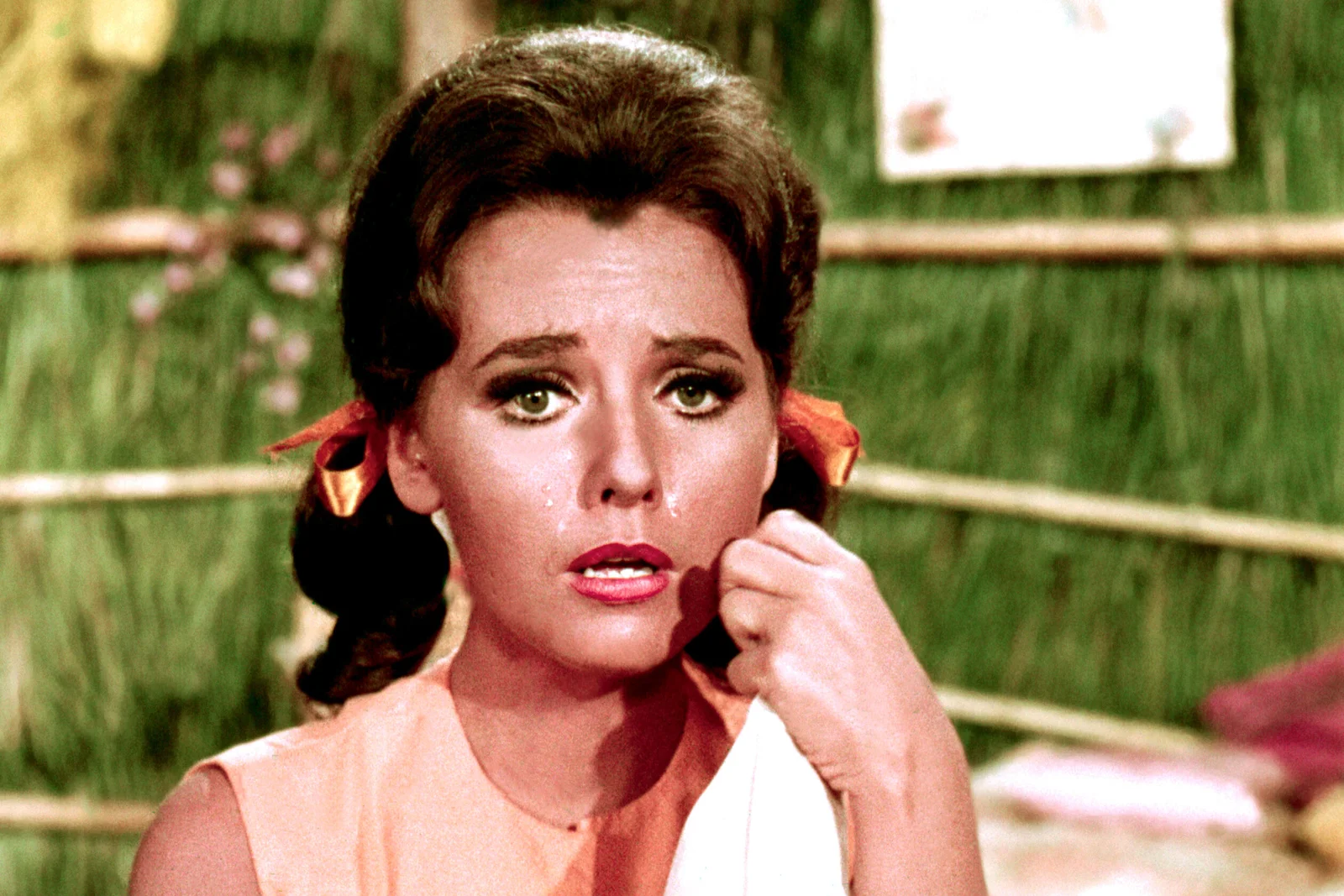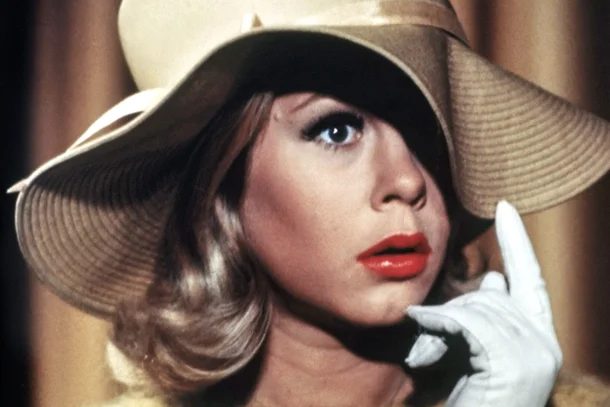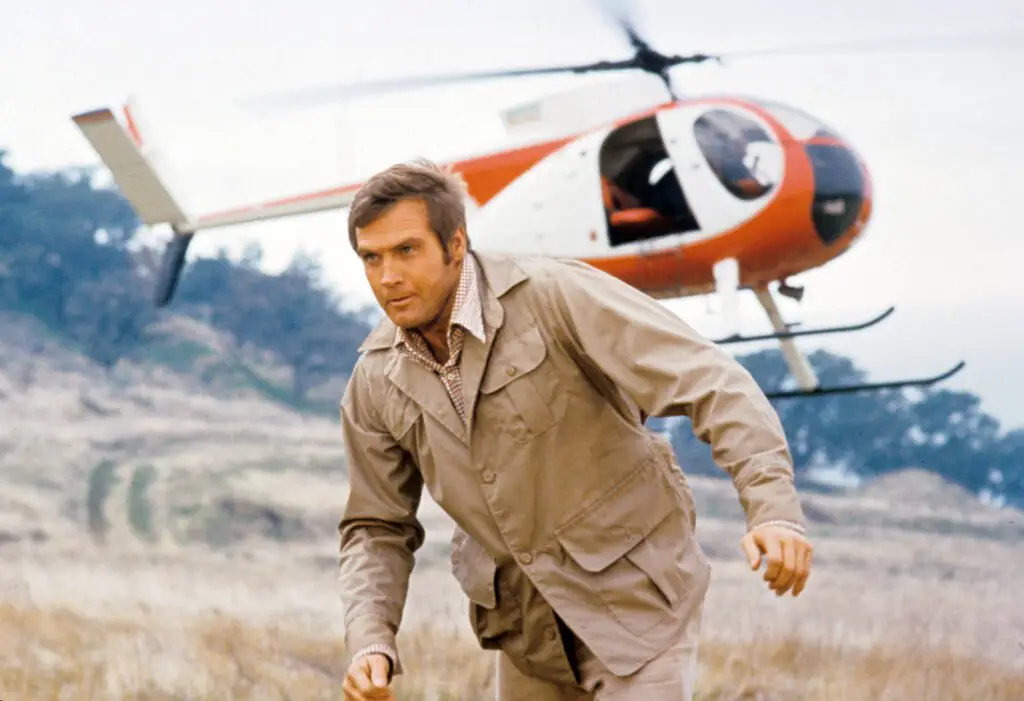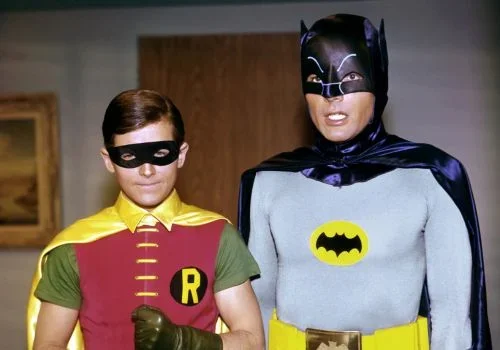1. Mary Ann from Gilligan’s Island

Mary Ann Summers, the sweet and wholesome farm girl from Gilligan’s Island, is remembered as one of the most innocent characters on TV. But when the show was first written, Mary Ann was intended to be a much edgier and less straightforward character. Originally, she was meant to be a bit more flirtatious, and her personality was going to be more competitive, especially when it came to the other castaways, including Ginger. This was a far cry from the shy, gentle Mary Ann we came to know and love.
However, Mary Ann’s charm was a product of actress Dawn Wells’s portrayal, which softened her character. The more wholesome, down-to-earth Mary Ann soon became a fan favorite, and the writers adapted her character to reflect that warmth, emphasizing her sweetness over her earlier, more complex traits. It’s funny to think how close the show came to making Mary Ann a much different, maybe even slightly antagonistic, character.
2. Samantha Stephens from Bewitched

Samantha Stephens, the lovable witch from Bewitched, is often remembered as the sweet, suburban housewife who just happens to have magical powers. In the original concept, however, Samantha was meant to be far more quirky and a little less grounded in her domestic life. The character was written with a much sharper, less patient edge, especially in how she interacted with her husband, Darrin. Samantha wasn’t originally depicted as the patient, loving wife who always worked hard to keep her powers under control.
The character’s transformation into the more serene, almost saintly figure we remember came about as the show progressed. Elizabeth Montgomery’s charm and nuanced performance softened Samantha, making her more relatable and less like a stereotypical “witch” trying to navigate a normal life. The shift helped Bewitched remain a beloved family sitcom, with Samantha becoming a symbol of loving compromise between the supernatural and the everyday.
3. The Fonz from Happy Days

Arthur “The Fonz” Fonzarelli is one of the most iconic characters from the ’60s, but his original portrayal was quite different from the lovable tough guy we remember. Initially, the Fonz wasn’t supposed to be a central character at all. The role was initially written for a sidekick to the main character, Richie Cunningham. Fonzie was meant to be a secondary character who served as a typical rebel with little depth.
However, Henry Winkler’s performance brought so much charm to the character that the writers quickly shifted gears. Fonzie’s tough exterior was softened, and his role grew to encompass more than just a rebellious teenager. As a result, he became the lovable, goofy, yet cool character who embodied everything ’50s rock-and-roll and ’60s teenage rebellion stood for.
4. Lucy Ricardo from I Love Lucy

Lucille Ball’s portrayal of Lucy Ricardo is widely considered one of the most iconic comedic performances of all time, but the character wasn’t always the slapstick, bumbling housewife we love today. In the initial drafts of I Love Lucy, Lucy was intended to be a bit more refined and sophisticated, with a dash of glamour, fitting the typical leading lady of the time. She wasn’t supposed to be the wild, zany character that constantly found herself in absurd situations.
Lucille Ball’s improvisational style and physical comedy skills quickly influenced the direction of the character. As the show evolved, Lucy’s comedic genius emerged as a result of her willingness to get messy for the sake of humor, whether she was stomping grapes or dressing in ridiculous outfits. This shift made Lucy Ricardo the hilarious, unpredictable character we remember, and it solidified Lucille Ball’s legacy as one of the greatest comedic actresses in TV history.
5. Steve Austin from The Six Million Dollar Man

Steve Austin, the title character of The Six Million Dollar Man, is now remembered as the heroic, super-competent cyborg with advanced bionic powers. However, his character was initially written with a darker, more conflicted edge. In the early drafts, Steve wasn’t just a man of strength and resilience; he was more of a tortured hero dealing with his new robotic enhancements. His character was initially written to be far more emotionally distant, struggling with his transformation and the loss of his humanity.
As the show progressed, however, the character softened. Steve became more of a traditional action hero, focused on saving the day, often without questioning his abilities or the ethics of his bionic parts. The shift in Steve Austin’s character made him more relatable and approachable, moving away from the darker, more introspective figure he was originally meant to be.
6. Batman from Batman (1966)

The ’60s Batman TV show is remembered for its campy, colorful take on the iconic superhero. However, Batman himself was initially written much more seriously in the original concept. The character was going to be a dark, brooding figure who was obsessed with fighting crime, much like the Batman in the comic books of the time. He wasn’t supposed to be the quirky, almost slapstick hero we saw in the show, complete with his over-the-top fight scenes and absurd villain antics.
The decision to make Batman a lighter, more comical character was largely due to Adam West’s performance, which helped shift the tone of the show. West’s portrayal of a somewhat oblivious, overly earnest Batman made the show a hit and turned the character into the beloved figure of campy fun we remember. Batman’s transformation from a serious, grim hero into the playful icon of the ’60s TV show is one of the most striking examples of how a character can evolve with its audience.



